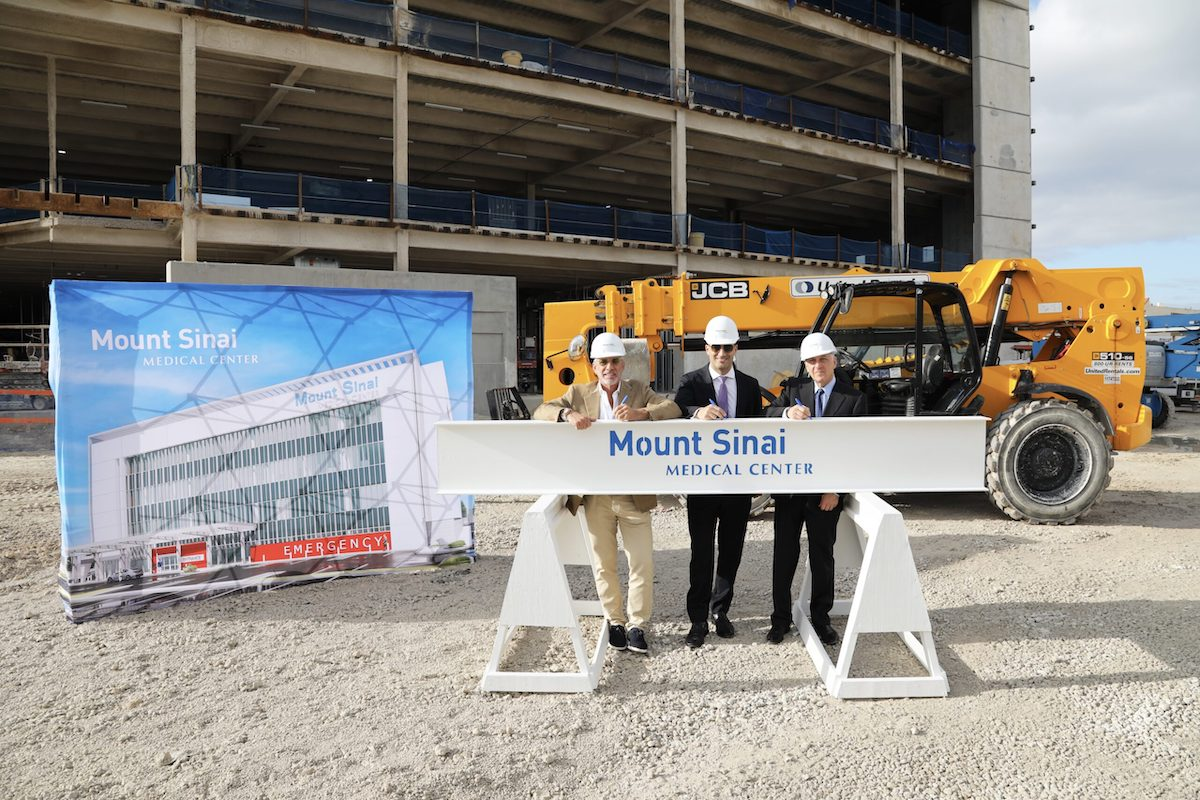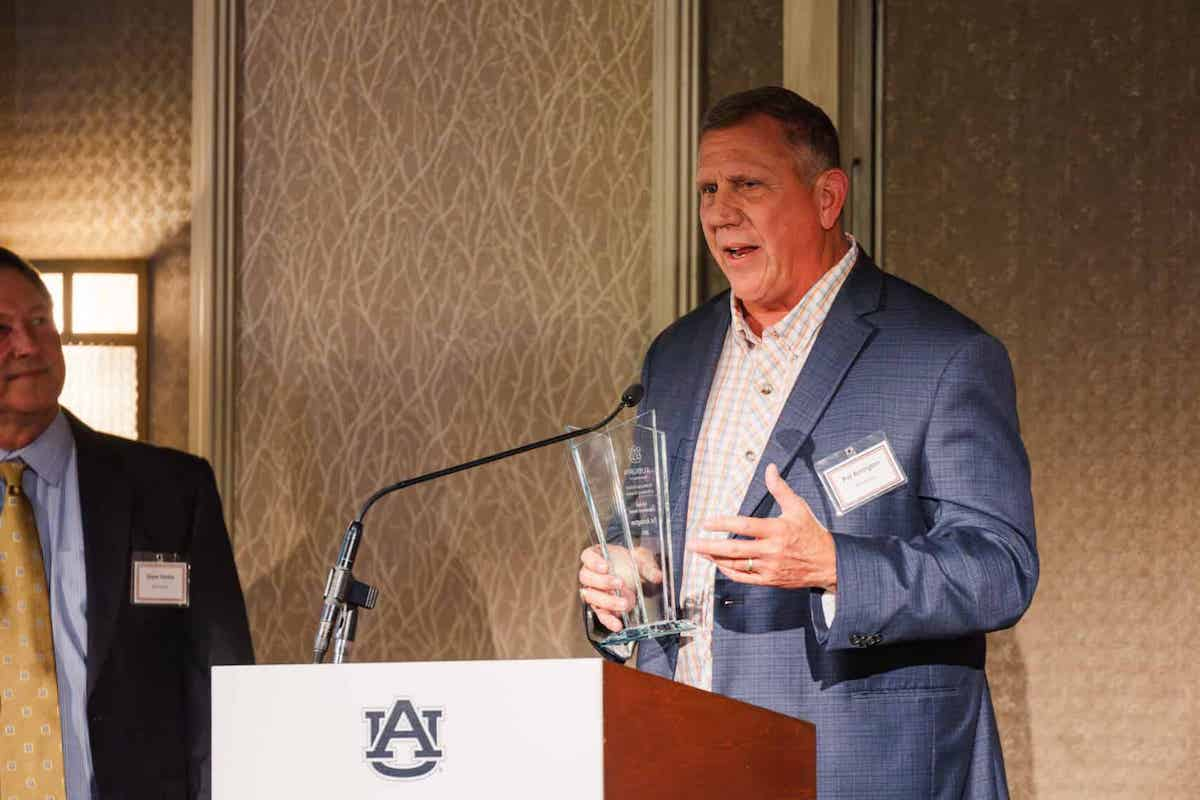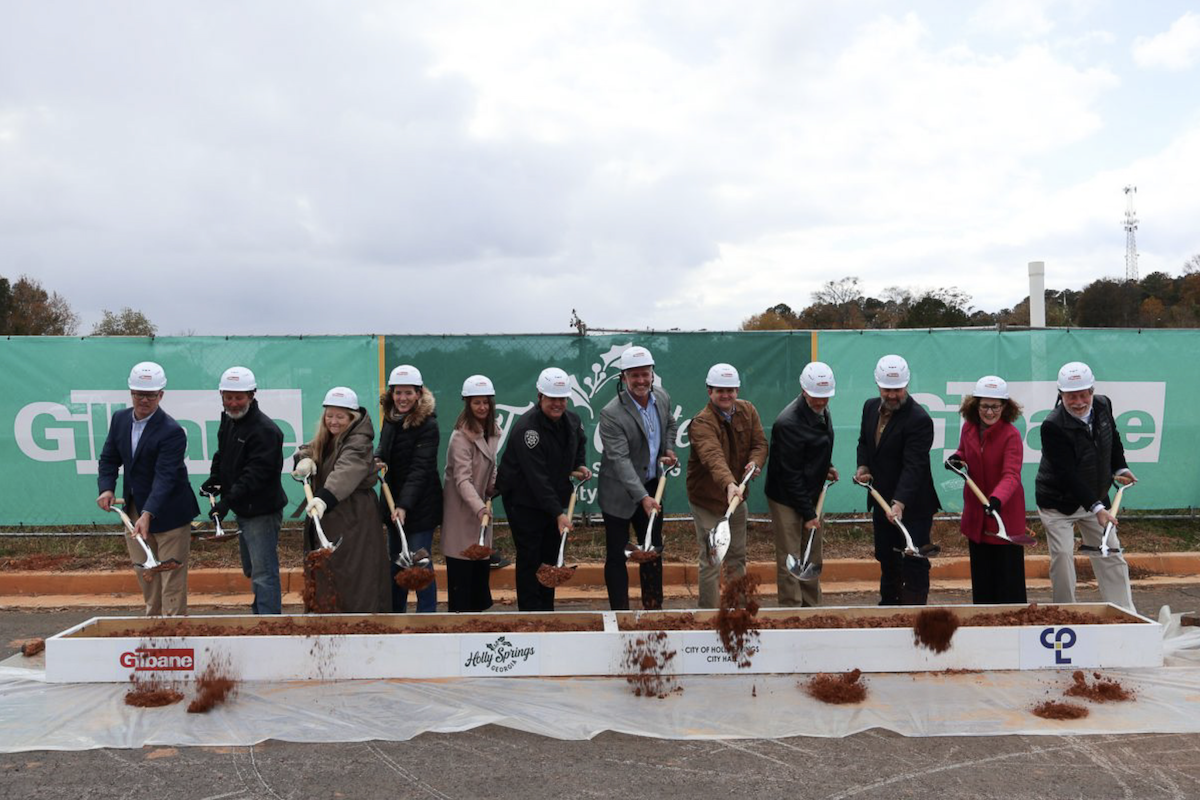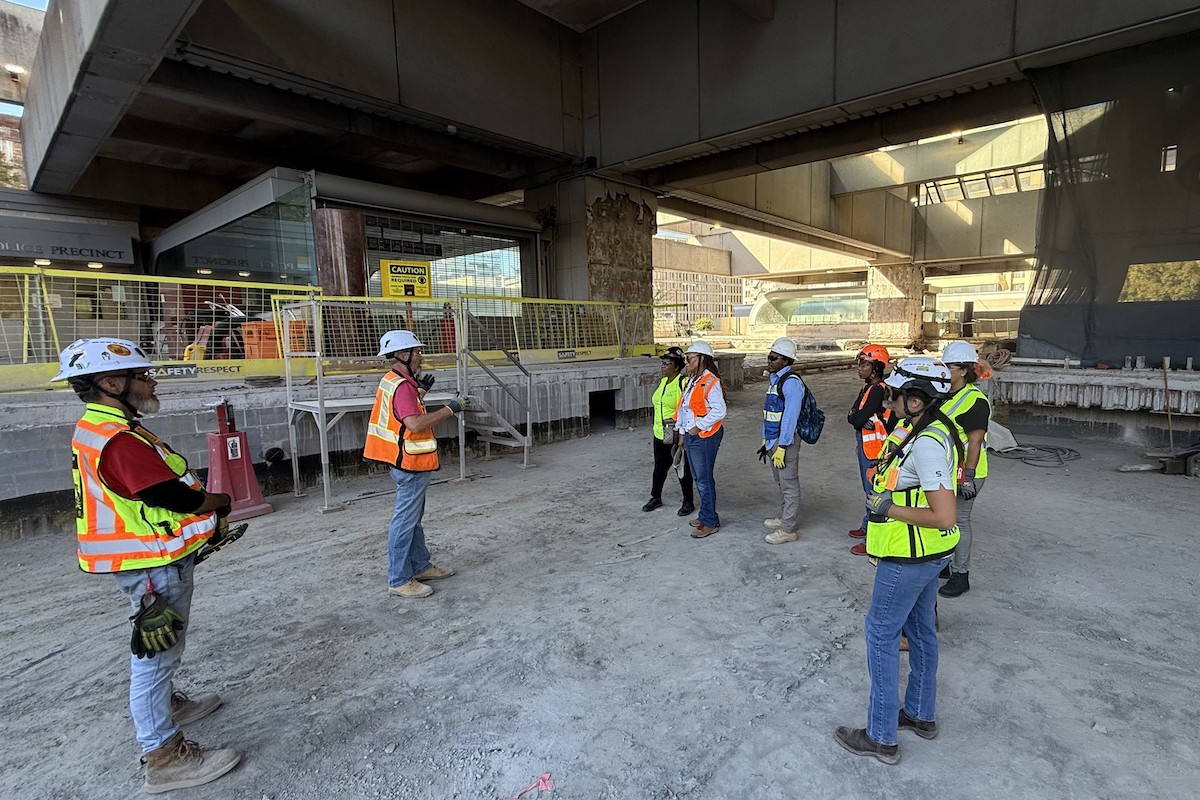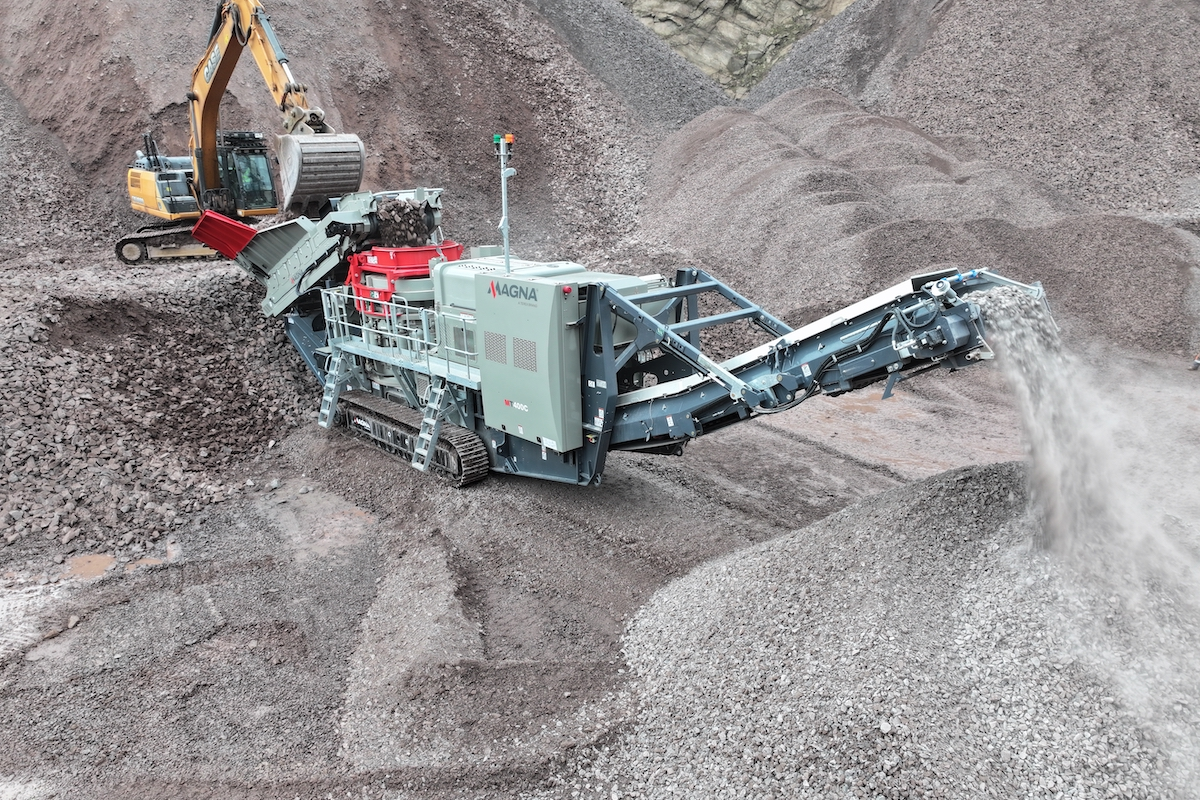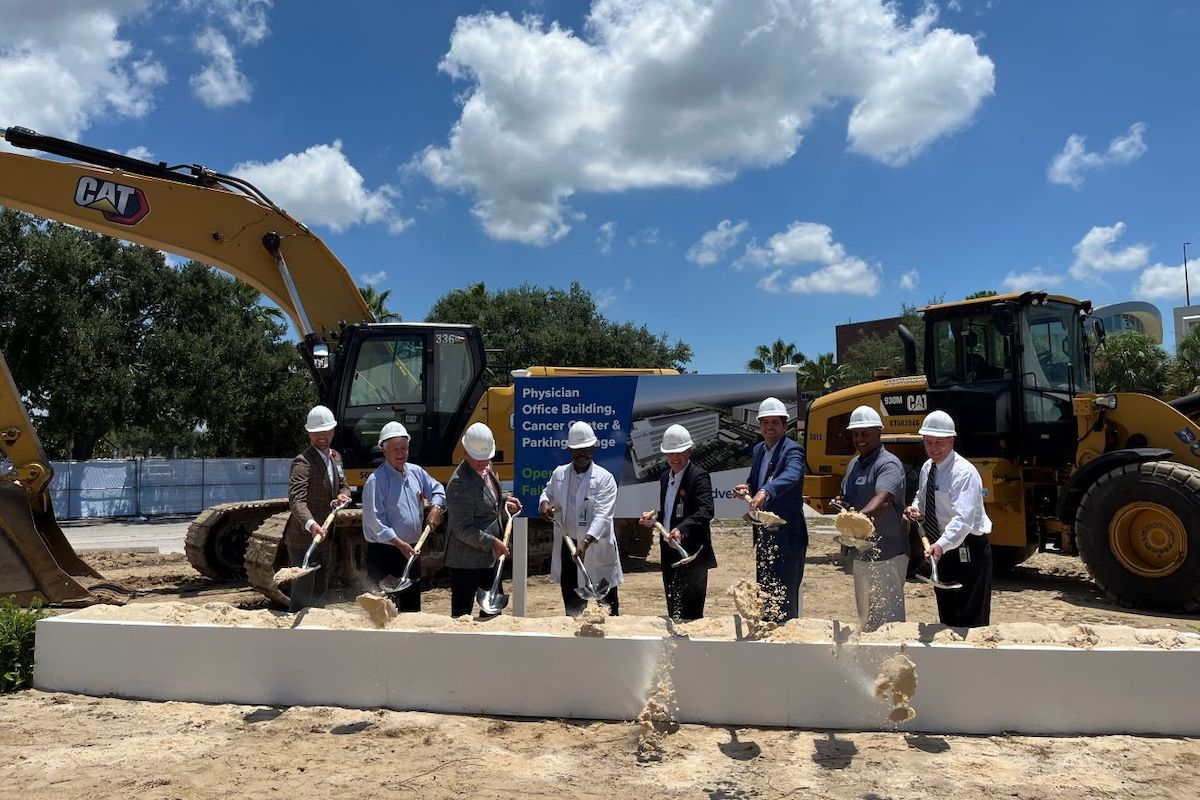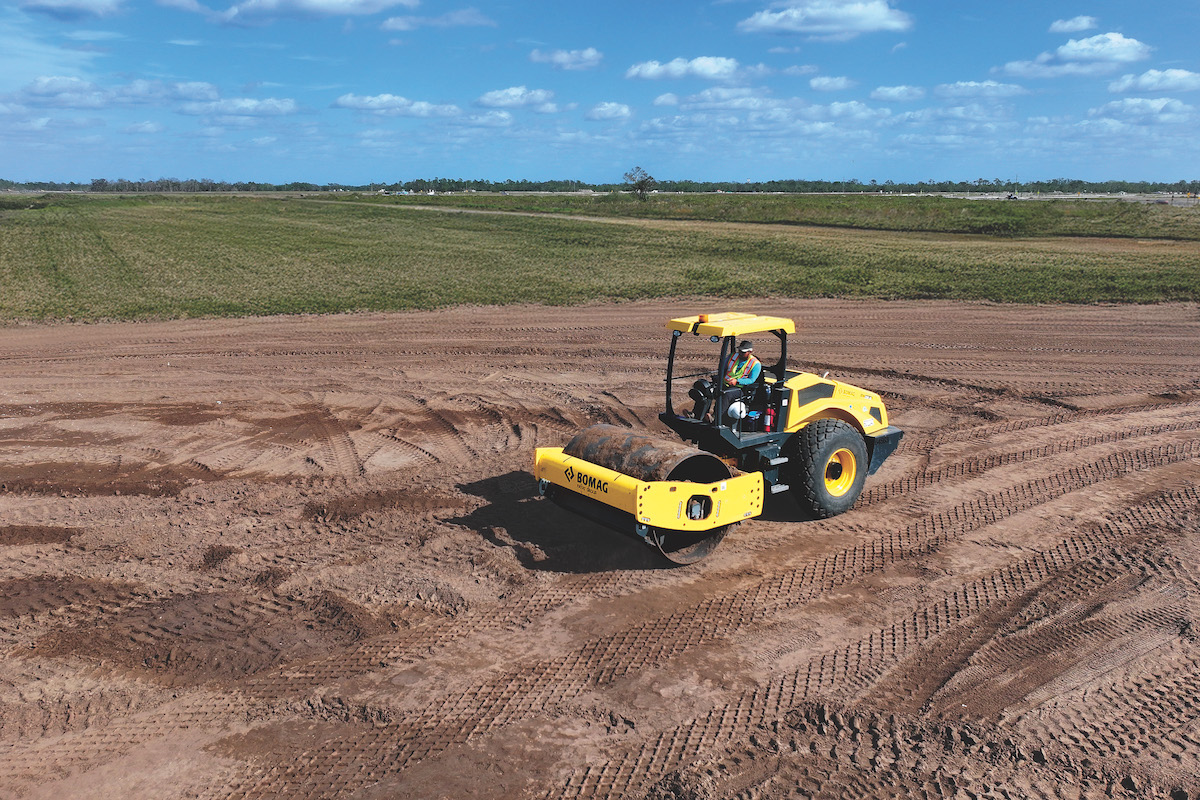The town of Needham, Massachusetts, is no exception.
Assistant Director of Public Works/Operations Shane Mark has been heading up the challenge of training staff properly as to how to use the necessary tools effective in performing snow and ice control by plowing and material application at the right time with the right amounts.
“I believe the biggest challenge is going to be recruiting and retaining operators to perform the duties,” said Mark who has been with the town for less than a year. “I truly believe that agencies should consider the impacts of levels of service with future regulation changes related to storm water management and permits.”
Mark has been in the snow and ice industry for more than 15 years.
“I started off on the aviation side of the house with deicing aircraft operations,” Mark said. “I moved over to the municipal side and have just over 12 years of experience with snow and ice control. I ran the snow and ice program for the City of Columbus, Ohio, for four winters and started with Newton, Massachusetts, in the spring of 2015 as the Director of Operations/Streets.”

| Your local Wirtgen America dealer |
|---|
| Dobbs Equipment (DXC) |
After his arrival, Mark said he used the winter of 2022 to observe the operations to learn the ins and outs of how the town approached snow and ice control.
“We have a very solid program, and our focus is on improving our processes to provide the best service we can when involved in snow and ice operations,” Mark said. “The management staff have been open to tweaking things as necessary. For example, we know we need to be more aggressive with our liquids program resulting in a newly created capitol request for brine making equipment.”
“We know that to be effective we need to increase our on-ground liquid storage capacity and upgrade our liquid application units to a higher capacity,” Mark said. “Future plans are to purchase additional larger units as well as units we can use to treat the sidewalk routes as well.”
Mark pointed out that it takes many tools to get the job done.
“If there is one thing I have learned in my 12 years of snow and ice control, is that there is no one tool that can accomplish everything for us,” Mark said. “What we do have is many tools within our toolbox.”
“Needham has been and continues to be supportive in sending snow and ice staff to winter maintenance trainings and conferences,” Mark said. “A great example of this is the fact that we are sending 10-plus staff members to the upcoming APWA Winter Maintenance Operators Certificate program at the NBM Highway Association’s fall snow and ice training.”
The town currently uses ground speed controllers on their spreaders and are discussing the potential of using friction technology, as well as fixed Road Weather Information Systems (RWIS). RWIS technology measures air temperature, humidity, dewpoint, wind, road temperature, subsurface temperature, and grip to allow for better decision making by road operators and managers.
Mark said that attending the NASC each year allows him to see the major advances from the technology standpoint.
“We now have spreaders and controllers that can provide a plethora of real time and event reporting such as salt spread rates and idling,” Mark said. “Route optimization, weather forecasting, dash cameras, and public plow trackers are being utilized by many agencies as a normal part of the snow and ice control. Every year there are major advances in snow and ice control technologies that enable the operators and managers to be more effective.”
“I am hopeful that we will get to a point in snow an ice control where we can reduce operator fatigue. I would love to see trucks that are fully automated with the ability to control the plow and spreader so the driver focuses primarily on driving the vehicle safely,” Mark said. “I would also love to see agencies adjusting the levels of service and moving away from the curb-to-curb black road policy. Our goal should be to provide reasonably safe streets under reasonably safe conditions, which allows for emergency response for police and fire.”
Mark has a vision that one day the industry will move forward with the use of “Smart Trucks”.
“Like most snow and ice professionals, I am intrigued by the smart vehicle technologies,” Mark said. “Most vehicles in the market today come with standard items such as back up cameras, side and front vehicle detection, and lane change assist. The technology is slowly migrating into large construction equipment and I believe that it will ultimately provide an increased level of safety for the operators. We are watching the changes closely and believe that using items such as route optimization and automated plow and spreader technologies will be beneficial to reducing driver fatigue.”



















